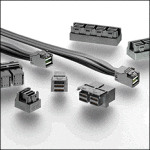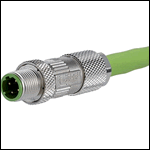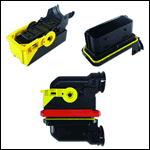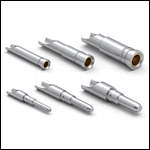Military High-Speed Data Connector Requirements
The need for high-speed connections has expanded from office environments to remote and sometimes outdoor implementations, including those for the military. Here, ODU looks at the rugged high-speed data connector requirements to consider for such applications.
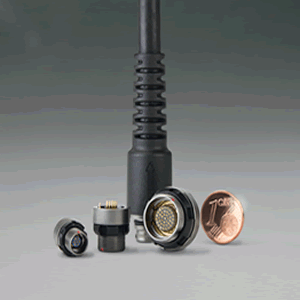 We’re all familiar with the types of connectors required to transfer high-speed data in our everyday lives, whether we take notice of them or not. Your tablet, camera, and mobile phone all use connectors to re-charge, and your house phone plugs into the telephone jack in the wall.
We’re all familiar with the types of connectors required to transfer high-speed data in our everyday lives, whether we take notice of them or not. Your tablet, camera, and mobile phone all use connectors to re-charge, and your house phone plugs into the telephone jack in the wall.
There are also high-speed connectors found in commercial and industrial applications such as data storage, servers, switches, and routers. These products offer superior high-speed electrical signal performance, required for the ever-increasing amounts of data that our lives demand we process.
Although these familiar connector designs are adequate for relatively benign office environments, these products do not offer the ruggedness needed for the more demanding military environment. The transfer of commercial technologies into the military domain has increased the need for USB, Firewire, and RJ45 connectivity. The rapidity of this change has resulted in a lack of suitable connectors that are able to support data transfer requirements while achieving military ruggedness standards.
The current response to this requirement has been to package the standard commercial connector in a rugged military-approved housing. This solution, while functional, does not allow for manufacturers to reduce the size and weight of their equipment, a common demand from the end user.
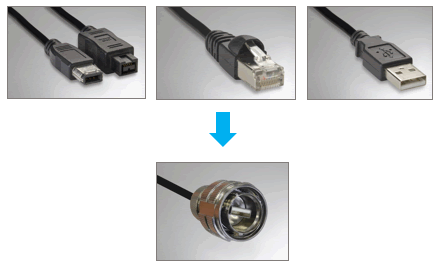
Potential Problems
The usual connectors for common data transfer protocols are designed for use in areas such as simple office environments. Harsh conditions, such as dirt, moisture, and countless insertions are not expected there. In order to satisfy the requirements, the connectors are integrated into existing housings. This leads to problems with size, weight, handling, and costs. With increased bandwidth and faster data transfer, maintaining the stability of the signal transmission through the connector is crucial. The faster the data transfer, the more important signal integrity becomes, and the less tolerant systems are to impedance mismatch; therefore, purpose-designed connector systems are a necessity.
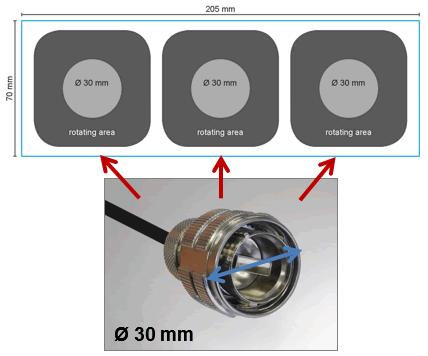
USB connector: The space between connectors required to disconnect (3 x USB)
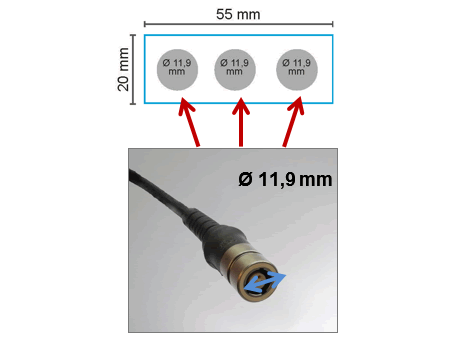
ODU AMC Push-Pull or Break-Away connectors require no additional space for disconnection (3 x ODU AMC).
The Solution
What turns a connector into a high-speed connection? Above all, it’s in the details.
The choice of the insulation body material demands special attention. The plastic must be coordinated to the hard environmental conditions, and also to sensitive high-frequency parameters such as a frequency-stable dielectric constant or a low dielectric dissipation factor.

Also, skilled contact arrangement and design and the addition of compensation regions can optimize a connection to the point that it is possible to transmit data rates of up to 10Gb/s. Achieving this entails optimization of the characteristic impedance in order to achieve an acceptable return loss. When wiring the contact arrangement, it is just as essential to make sure that crosstalk among the differential pairs is minimized by targeted field control. This allows even CAT 6A quality to be achieved without the necessity of adding an expensive shield plate.
